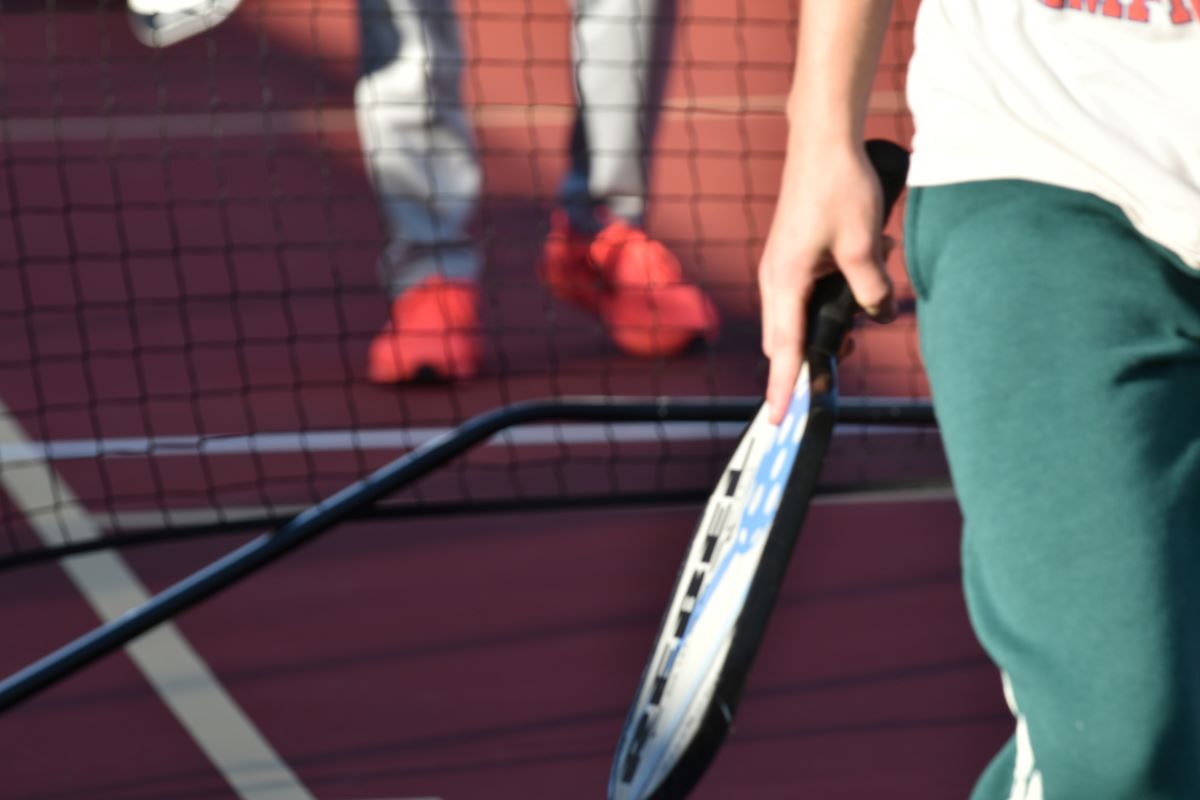In the world of racket sports, performance is key. Whether it's for competitive squash or pickleball, players demand equipment that offers not only durability but also enhanced performance. One material that has risen to prominence in recent years is carbon fiber. Known for its lightness, strength, and superior durability, carbon fiber pickleball paddles are now pushing the boundaries of what’s possible in racket technology. The integration of carbon fiber with other high-performance materials is making it possible to create advanced, top-tier paddles that provide the ultimate in performance, comfort, and control.
The Rise of Carbon Fiber in Sports Equipment
Carbon fiber pickleball paddles have gained tremendous popularity in the sports community. Their ability to combine high strength with minimal weight makes them an ideal choice for athletes seeking performance-driven equipment. As carbon fiber technology has advanced, so too has the design of carbon fiber pickleball paddles. The material’s inherent properties—such as its stiffness, flexibility, and resistance to fatigue—make it a prime candidate for producing paddles that last longer, are more responsive, and are easier to handle during intense gameplay.
Incorporating carbon fiber into pickleball paddles has significantly improved power and control, allowing players to make more precise shots while maintaining a consistent feel. The lightweight nature of the material also reduces player fatigue, providing an advantage during long, drawn-out matches.
Enhancing Durability with Carbon Fiber and Other High-Performance Materials
One of the primary benefits of a carbon fiber pickleball paddle is its durability. The strength of carbon fiber allows the paddle to withstand the high-impact stresses that come with pickleball and squash games. However, carbon fiber's performance can be further enhanced when combined with other innovative materials.
For example, integrating graphene or kevlar with carbon fiber can improve shock absorption and overall strength. Graphene, known for its high electrical and thermal conductivity, increases the strength-to-weight ratio of the paddle, making it even more responsive while maintaining its lightweight properties. Kevlar, on the other hand, is renowned for its toughness and impact resistance. When these materials are used in combination with carbon fiber, the resulting paddle is incredibly durable, able to endure frequent play without compromising on performance.

Lightweight, Responsive, and Comfortable
The marriage of carbon fiber and other high-performance materials results in a paddle that is not only durable but also lightweight and responsive. In pickleball and squash, a player’s ability to move quickly and react to the ball with precision is crucial. The lightness of a carbon fiber pickleball paddle allows for quicker reactions, helping players to stay agile on the court.
Moreover, combining carbon fiber with materials like foam cores can also enhance comfort. Foam provides a soft, cushioned feel during impact, reducing vibration and increasing comfort. This technology helps players to focus more on their game while minimizing the physical strain that can come with repetitive movements, such as hitting the ball with a traditional paddle.
Performance Across Different Game Styles
The versatility of carbon fiber pickleball paddles lies in their ability to adapt to different playing styles. Whether you're a power hitter who needs a paddle that delivers maximum force or a control player who prioritizes precision and touch, carbon fiber pickleball paddles cater to both styles. The stiffness of carbon fiber ensures that the paddle delivers powerful shots, while the integration of materials like foam cores or softer carbon layers provides enough flexibility for finesse shots.
Incorporating carbon fiber with other advanced materials helps to strike the perfect balance between power and control, making the paddle suitable for players of all skill levels. Whether you’re a seasoned professional or an enthusiastic amateur, these paddles are engineered to meet the demands of fast-paced sports like pickleball and squash.
The Future of Carbon Fiber Pickleball Paddles
The evolution of carbon fiber pickleball paddles shows no signs of slowing down. As material technology continues to advance, manufacturers are constantly finding new ways to enhance the performance of these paddles. The future of carbon fiber pickleball paddles likely includes even more innovations, such as custom layers of carbon fiber tailored to specific player preferences, or further enhancements to material combinations to improve shock absorption and ball control.
As the technology improves, players can expect paddles that offer even greater durability, lighter weights, and more comfortable handling. Manufacturers will continue to push the boundaries of what is possible in sports equipment, ensuring that athletes have access to the best tools for their performance.
Conclusion
The integration of carbon fiber with other high-performance materials is revolutionizing the design of carbon fiber pickleball paddles. These advanced paddles combine the lightness, strength, and durability of carbon fiber with the shock-absorbing properties of materials like foam and graphene, resulting in products that improve both power and control. As a result, carbon fiber pickleball paddles are becoming the preferred choice for athletes seeking high-performance gear that meets the demands of their fast-paced, high-intensity games. Whether you're playing for fun or competing at the highest levels, investing in a carbon fiber pickleball paddle can elevate your game to the next level.

